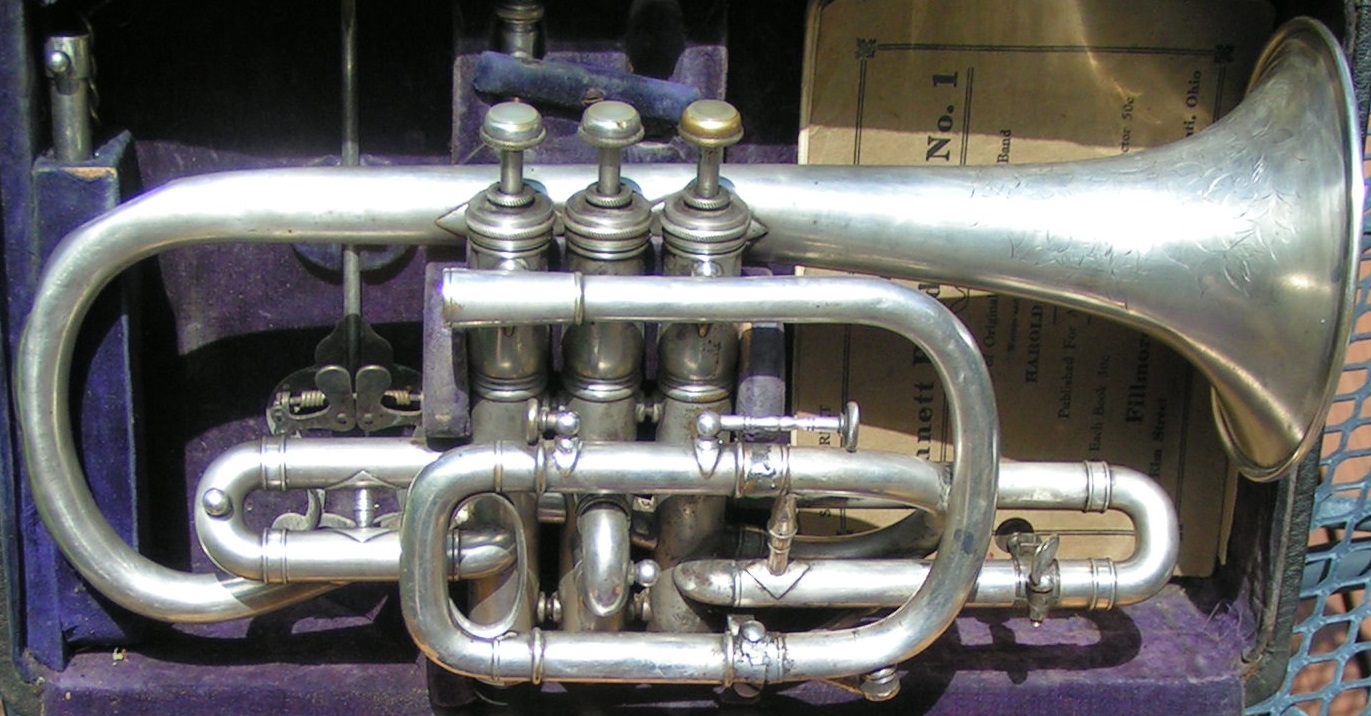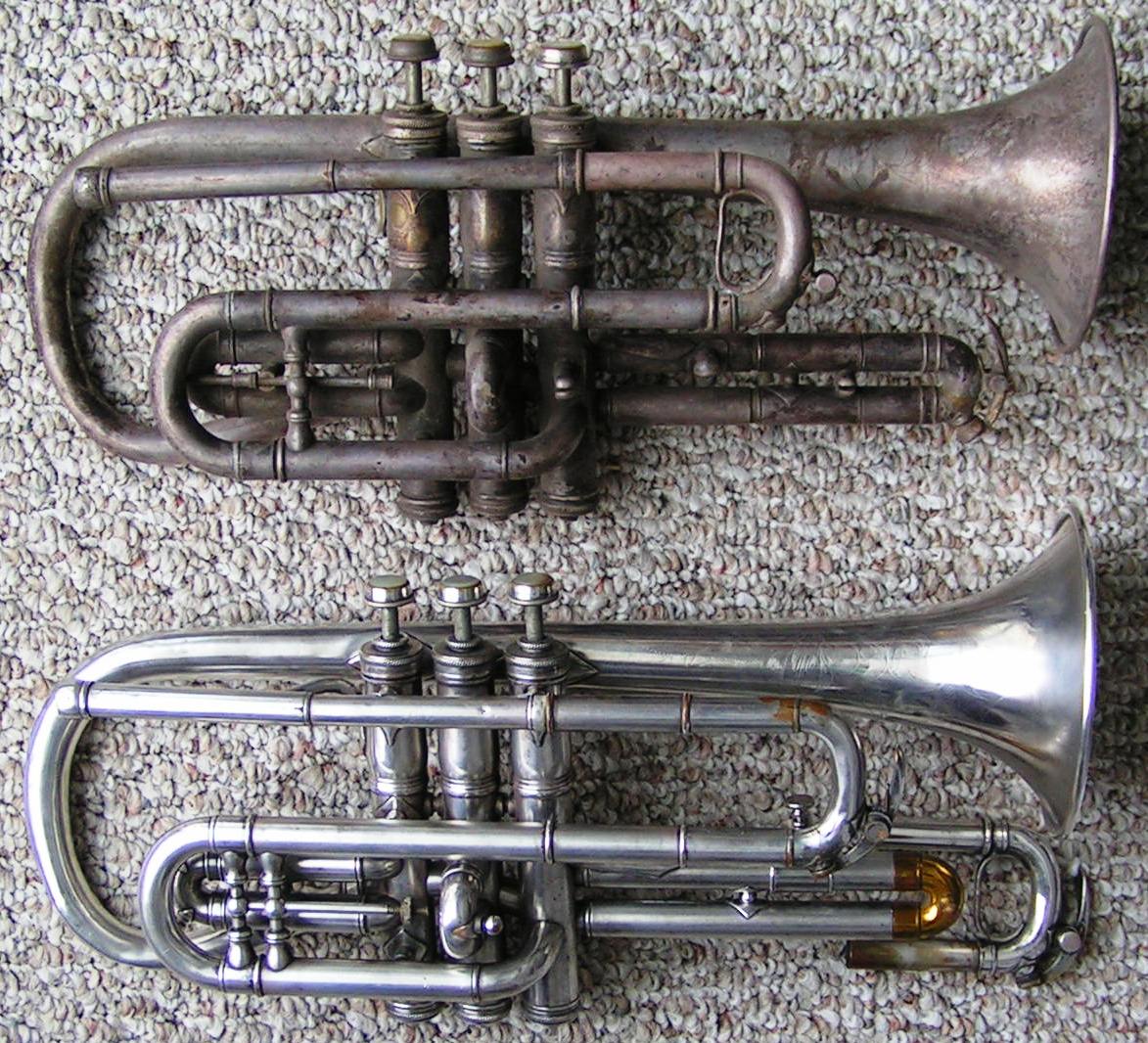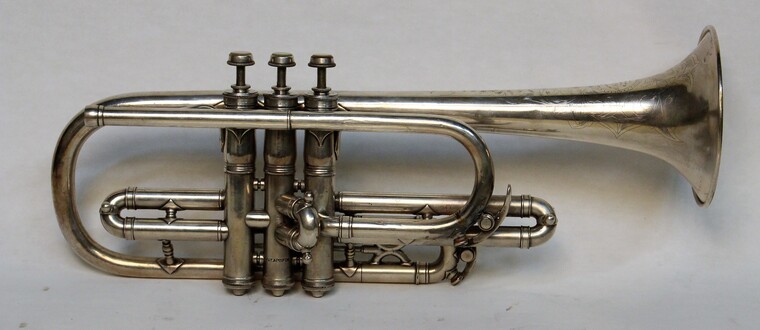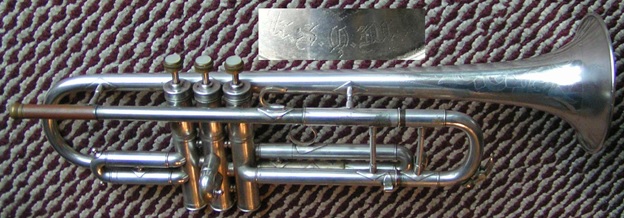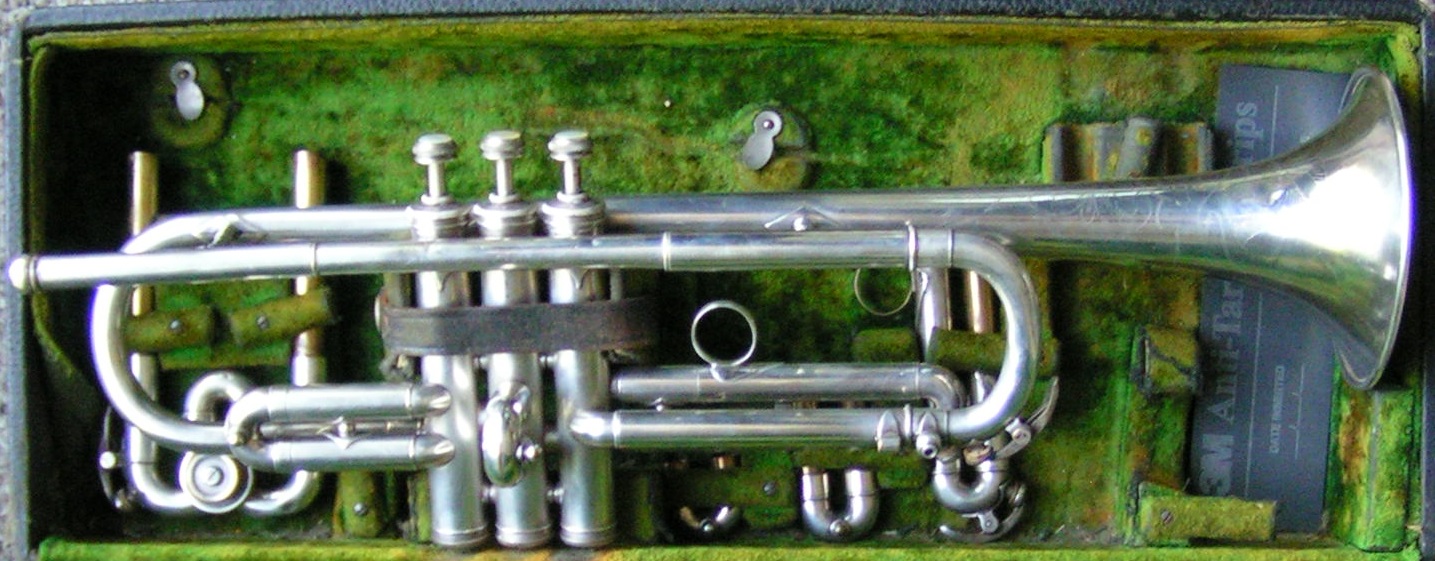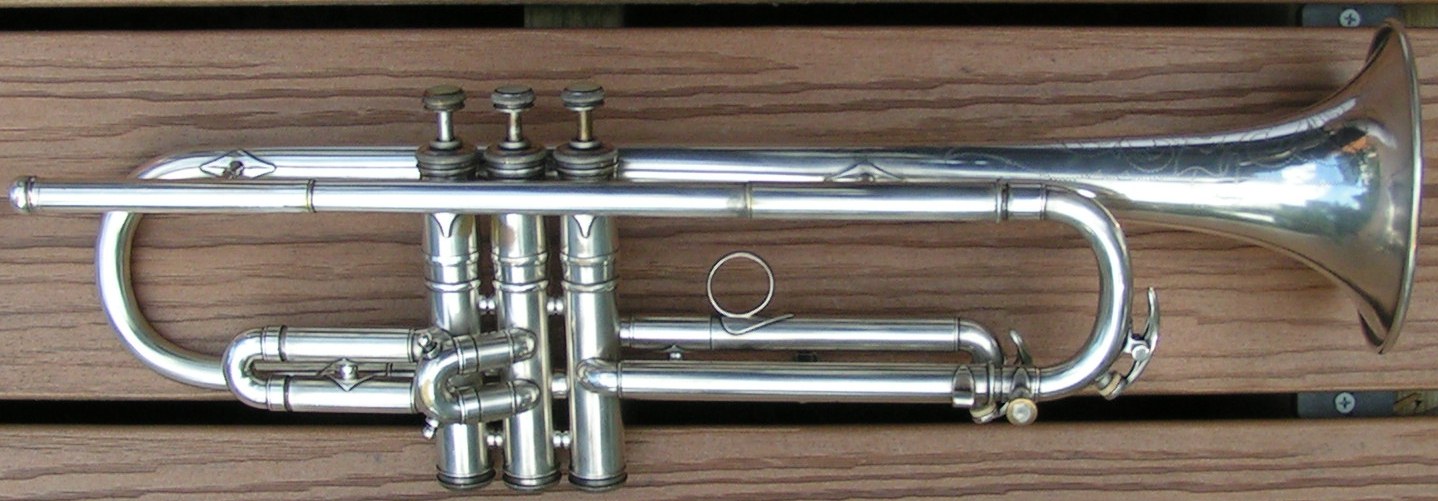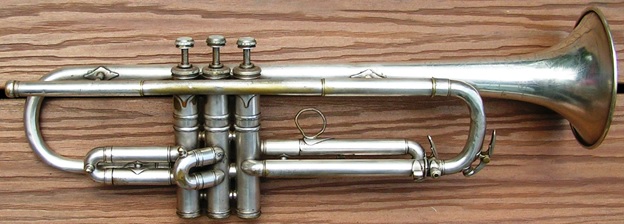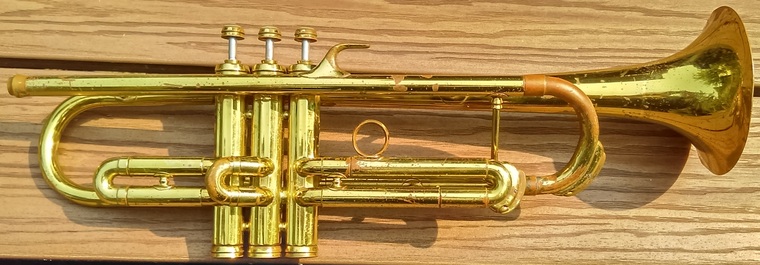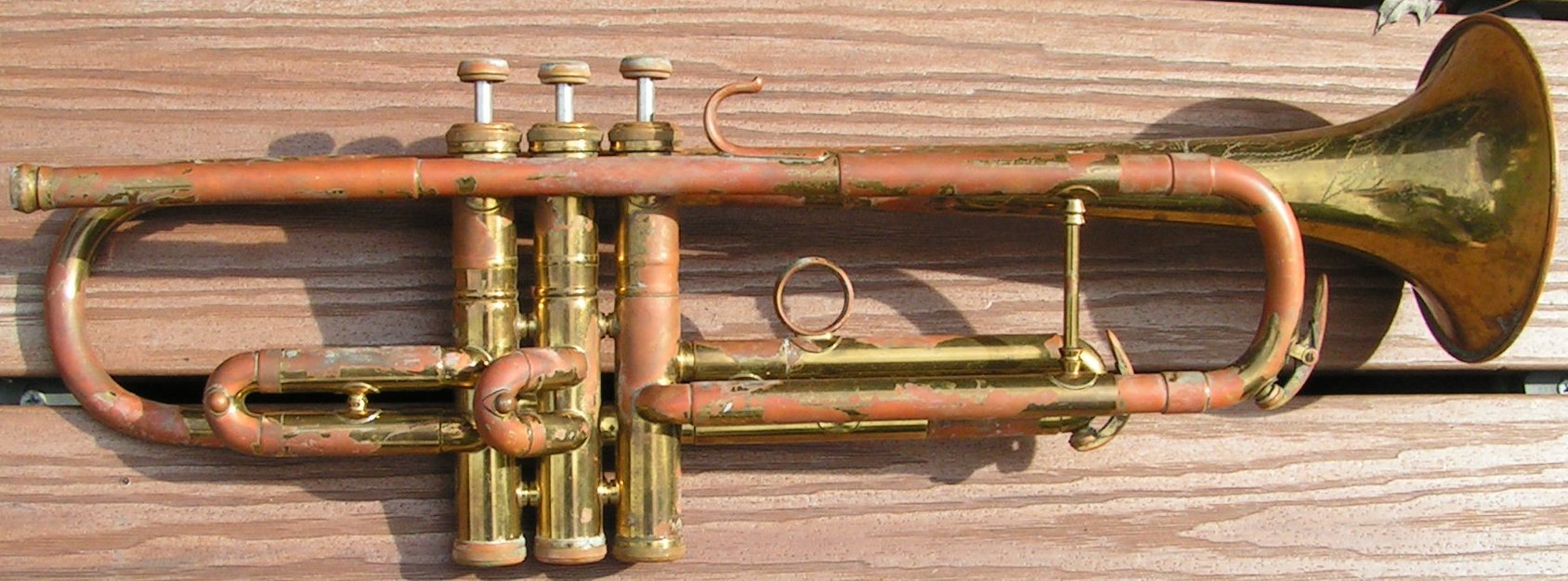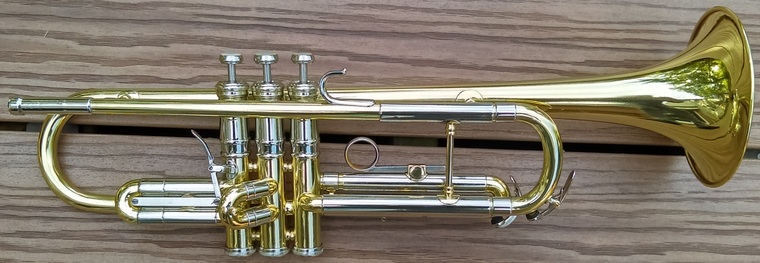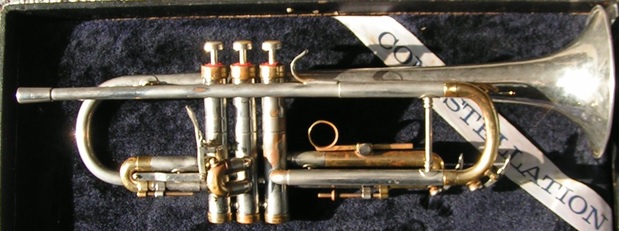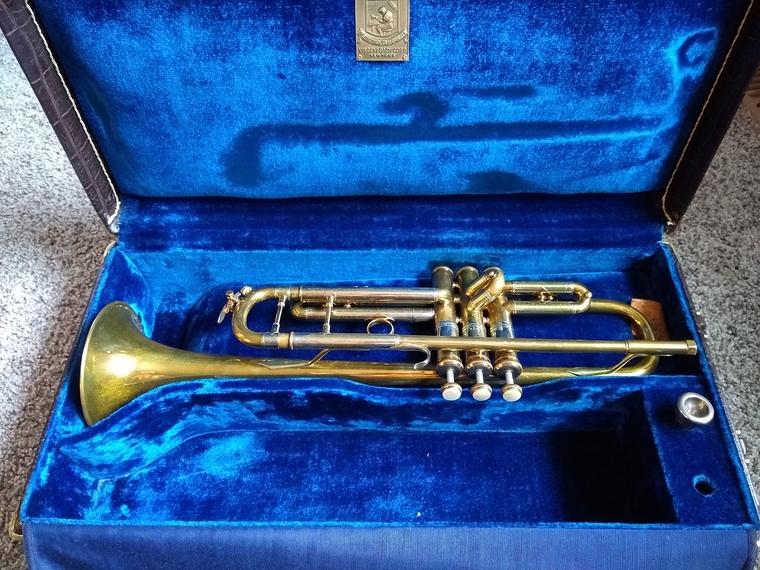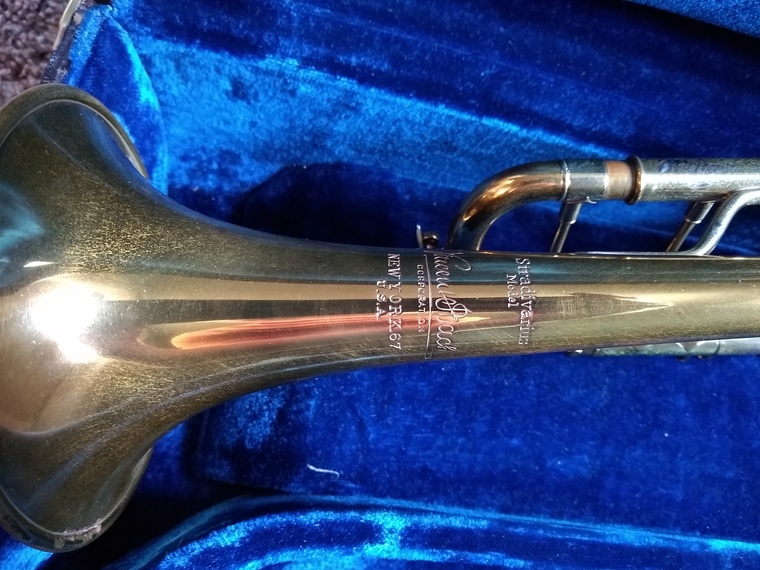@Kehaulani said in Company Timelines (Besson, Diston-Keefer, Frank Holton, Vincent Bach):
Fascinating. Could you tell me why the pre-WWII French Bessons were legendary, how Benge and Schilke came into this mix, and what modern trumpet would be the closest to the Besson? Thanks.
This question is purely an opinion. Some may feel that the pre-war F.Bessons are nothing special, others connect with a mystique that dates back a century.
Around 1880, the Besson trumpet we think of as a Brevete, was the first valved trumpet that was practical. Prior to that time, and for most makers well after, “trumpets” came in a variety of keys, could be pitched with crooks like the inventionshorns they were, and had bores often made up of cornet parts. The Besson design captured the sound and feel of a natural trumpet – probably by being a compact (and half-wave) version thereof with the addition of a valve block. Until 1911, if you came into a serious orchestra, chances were that the conductor would not tolerate the sound of cornets and these half-breed trumpets. They would only tolerate the pure trumpet tone of natural trumpets, baroque slide trumpets (played at an angle with a 1.5 step slide on a plunger that pushed back past the face, not soprano sackbuts), vented natural trumpets like Haydn wrote for, or Besson chromatic trumpets.
Which would you choose to play?
Then in 1911 the Holton company introduced their New Holton Trumpet. By today’s standards the tone was thin, bright, and a bit harsh. But it was a trumpet tone. With the right mouthpiece, it could be a clear, crystal penetrating and semi-strident sound in keeping with that of a natural trumpet. By 1920, Holton moved on to the Revelation concept which proved more suited to swing clubs than concert halls, but Conn picked up with the 2B and the amazing 22B. This and the rise of Courtois, Couesnon, and ultimately Selmer in 1932 in France really bit into the market for Fontaine-Besson. Besson production tapered off from WWI to WWII as sales tapered even further (this is why we have the overlap of old and new designs in the serial numbers in the 90-99,000 range as parts and whole horns were stashed for later sale).
For American orchestral trumpeters, the scarcity that resulted from contraction at Besson in the 1930s – and which brought about the sale of the firm to SML – left serious players with aging instruments and no new ones in the market that had the pretentiousness of a “French Besson”.
That will bring us to question #2
Elden Benge was originally a cornetist, as his father had been a minor celebrity cornetist. He famously wrote a letter to HL Clarke asking about switching to trumpet to adapt to societal change which in his response to, the noted virtuoso equated “Jaz” with the closest thing to Hell and the Devil. Benge studied with Edward Llewellyn, principle trumpet in the Chicago Symphony, and ultimately succeeded him when Llewellyn’s teeth failed. Llewellyn was still acting as an orchestra manager and road man for Holton when, a few miles from an 8 year old Byron Autrey’s home in Texas in the early 30s, he slept in the passenger seat as his wife drove toward an oncoming truck with pipes on a rack overhead. The truck drifted into their lane and Mrs. Llewelyn attempted to pass on the wrong side. But as the truck drifted off the road, the driver awoke, overcorrected, and the two cars met in an offset frontal impact which sent pipes flying forward decapitating Llewellyn (story courtesy of Byron a few weeks before he passed).
At the same time as he became one of the world’s most visible trumpeters, Benge found himself with a Besson that was wearing out. Benge had a friend, nieghbor and fellow CSO trumpeter named Renold Schilke. Schilke had apprenticed at Holton in the mid 1920s and in 1927 studied advanced instrumental acoustics for a year in Belgium. Upon his return, he collaborated with his teacher on the Llewellyn model Holton, concepts from which he would apply in 1937 to the design of the Committee for Martin. Benge asked Schilke for help, and Schilke taught him the fundamentals of brass making in a garage workshop. Benge then dismantled his favorite Besson and used it as a template for making parts to repair others.
Before too long, Benge, probably with input from Schilke, Llewellyn, Holton designers and others, was making “improvements” to the basic Besson bell tapers and working/annealing cookbook (the “Resno-tempered” concept). It motivated his transition from modifying/resurrecting old semi-sacred at the time Bessons, to making better Bessons.
After serving in the Navy in WWII, Byron Autrey, who evidenced a natural feel for the scientific basis of tone production that Schilke preached as gospel, came to work with Benge as his first road man and technical collaborator. Perhaps Byron’s talent for bell tapers was learned from Benge and Schilke, but it was Byron who was the master of leadpipe design in perfected pairing with the bell taper (a personal passion of Schilke’s). Byron took Schilke’s ideas and was able, largely by innate feel, with some numbers thrown in for psychological comfort, to adapt them to tweaking Besson leadpipe tapers to achieve the ever moving target Benge had of a “Better Besson”.
When Benge died in 1960, it appeared that ongoing evolution would end, but Byron lived on, and took as his inheritance that passion for a better Besson (among other makes such as Bach, Reynolds, Martin, Edwards, Kanstul, …).
That brings us to question #3.
Irving Bush had been another collaborator with Elden Benge. When Benge died, he stepped in and took over QC for the company and was instrumental in its survival. He was the one who preserved the pieces found in Benge’s workshop from that first Besson so that Lou Duda, master maker and father of John Duda who carries on the Calicchio tradition toady, could reassemble it. Bush, of course, interacted with Schilke and Autrey as time went on, but the company itself was doomed by the market forces that consolidated almost all the great makers out of existence. As it spiraled out, Zig Kanstul, an apprentice of Foster Reynolds (an apprentice of assorted long lines of masters), Harper Reynolds, and Benge himself, briefly tried to salvage that heritage directly before bailing out and ultimately partnering with Elden’s son and heir Donald Benge (the same one famous for board games) to produce Benge/Besson heritage horns in 1980.
That venture inspired Kanstul to buy the former Benge plant with all the tooling still sitting there, and not only stencil those horns for “Burbank”, but sell them under the Kanstul name and ultimately make perfectly faithful Besson Brevete and MEHA replicas under contract to the owners of the Besson (ironically English Besson not French) name. Byron Autrey joined the effort, as was his style quietly but dominatingly, behind the scenes. Zig Kanstul relied on both the extensive research he and R. Dale Olsen had done together at Olds with vintage Besson bells and leadpipes as part of the “Olds Custom” project, and on Byron’s improved interpretations in the spirit of their mutual friend Benge. Byron adjusted the bell for one model, and the leadpipes for all, making them embody, yet improve on as Schilke always sought, the performance of the Besson originals they sounded exactly like.
When the end came at Kanstul in 2019, the Benge/Besson heritage was still strong. Just before Mark Kanstul threw in the towel, the firm had moved forward plans to once again reintroduce these models to a market still hungry for them. In the ensuing chaos, priceless assets like the Benge annealing ovens went for scrap prices on EBay. Eventually, the upstart BAC Musical Instruments, with its charismatic front man and founder backed by the business acumen and finances of the leadership of “Rent my Instrument” with which the firm had previously merged, and supported by the advice of John Duda, stepped in and bought what was left after those EBay sales and some transfers to a long time Kanstul employee.
To augment and complete the hodge-podge of tooling, documents, models and parts, BAC was put in contact with the estate of Byron Autrey. From that channel, they secured priceless tools, experiments, personally optimized Benge horns and other resources. The final crowning element came when they successfully secured rights to the Benge trademark.
The BAC Benge is a Benge, which is a Besson. It is the culmination of 140 years of developing the French Besson concept of trumpet sound – the original chromatic orchestral trumpet sound. The “Chicago” leadpipe option is a faithful recreation of an optimized Besson pipe in the Benge tradition. The “Burbank” pipe, is the final ultimate achievement of all of these masters working over nearly a century and a half up until shortly before Byron’s sudden death just last year. It is faithful to the French Besson concept, but improves upon the consistency, intonation, and flexibility far beyond what the originals offered a player. Of course, the more any technology can do for you, the more it can do to you, so the choice between Chicago and Burbank is one between more and less stable – or more and less constraining – depending on your desires/abilities as a player.
Obviously, I feel, based on the history and upon the testimony of those who have played them, that the answer to your third and I suspect primary question is the Benge Trumpet from BAC.
